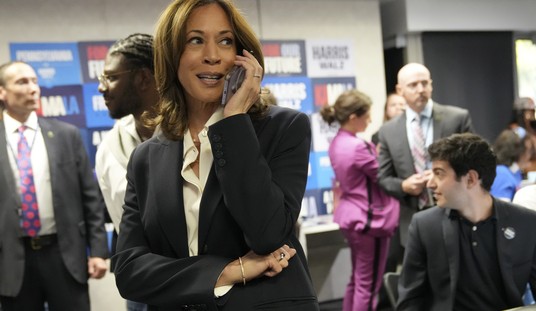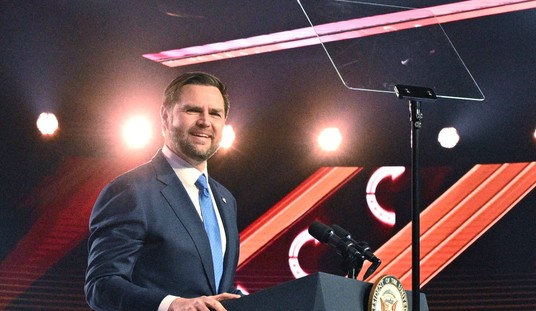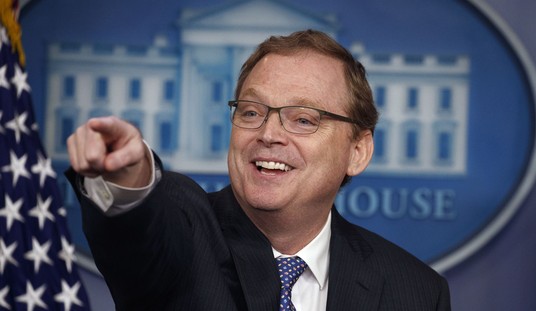The fiery debate over Critical Race Theory (CRT) is still raging even after several states passed legislation designed to prevent it from being taught in K-12 classrooms. However, the issue goes beyond the reality that teachers are introducing elements of the theory, along with other forms of woke theology, to young impressionable students. The hard left is attempting to infuse America’s most important institutions with the teachings of those who pioneered the CRT movement.
If conservatives are going to repudiate CRT, they will need to understand what it is. Unfortunately, there is a lot of misinformation being spread about the theory on both the left and right, making it difficult to determine precisely what the theory is.
For this reason, I will be writing a series of articles discussing the various ideas spawned by the Critical Race Theory movement to help us understand what we are up against. I will be exploring the actual writings of the pioneers and proponents of CRT. In this piece, I will start by defining CRT in the words of those responsible for creating and shaping it.
The first thing one must understand about CRT is that it is more than an academic theory. It is a bonafide hard leftist movement that borrows from, among other ideologies, Marxism. Indeed, its ideological genealogy can be traced back to the Frankfurt School in Austria.
In Critical Race Theory: An Introduction, authors Jean Stefancic and Richard Delgado explain the theory and give a brief history of how the movement began. According to the authors:
The critical race theory (CRT) movement is a collection of activists and scholars engaged in studying and transforming the relationship among race, racism, and power. The movement considers many of the same issues that conventional civil rights and ethnic studies discourses take up but places them in a broader perspective that includes economics, history, setting, group and self-interest, and emotions and the unconscious.
As you can see, proponents of CRT, often called “crits,” purport to be expanding the scope of the traditional civil rights movement. Those who champion CRT are dissatisfied with what they perceive as the “incrementalism” and “step-by-step” progress that was characteristic of conventional civil rights movements. Instead, crits question “the very foundations of the liberal order, including equality theory, legal reasoning, Enlightenment rationalism, and neutral principles of constitutional law,” according to the authors.
Critical Race Theory began in the late 1970s when activists, legal scholars, attorneys, and academics began to feel that the advances of the 1960s civil rights movement had slowed down. Derrick Bell, Alan Freeman, Richard Delgado, and others began collaborating on a new way to view racism in America and novel solutions to minimize the impact of racial bias.
In a book titled: “Words That Wound: Critical Race Theory, Assaultive Speech, and the First Amendment,” Mari Matsuda notes that that the movement itself began at a student boycott at the Harvard Law School in 1981. Students participating in the boycott were pushing the administration to “increase the number of tenured professors of color on the faculty.”
After Derrick Bell, Harvard’s first black professor stepped down, students called for the school to hire a minority professor to teach a course called “Race Racism and American Law,” which was previously taught by Bell. After the school refused to grant the students their wish, they organized an alternative course on their own. According to Words That Wound:
Leading academics and practitioners of color were invited each week to lecture and lead discussion on a chapter from Bell’s book. This course served as one of several catalysts for the development of critical race theory as a genre and movement. It brought together in a common enterprise many of the legal scholars who were beginning to teach and write about race with activist students who were soon to enter the ranks of teaching.
The author further notes:
Although CRT began as a movement in the law, it has rapidly spread beyond that discipline. Today, many scholars in the field of education consider themselves critical race theorists who use CRT’s ideas to understand issues of school discipline and hierarchy, tracking, affirmative action, high-stakes testing, controversies over curriculum and history, bilingual and multicultural education, and alternative and charter schools.
Critical Race Theory is defined by several tenets.
The first tenet is the idea that racism is not an aberration but an ordinary party of American society due to its being “embedded” within its social systems. It is present in most facets of American life and is part of “the common, everyday experience of most people of color in this country,” according to Matsuda. Paula M. Lantz, associate dean for academic affairs at the Ford School of Public Policy at the University of Michigan, wrote:
Although individuals can indeed be racist, racism and its outcomes are perpetuated in society through social processes above and beyond individual actions including through cultural norms, institutional rules, and laws and regulations.
The second tenet argues that the “colorblind” approach to race is limited, in that it can only address overt and obvious instances involving racial discrimination or the expression of racist ideas. It can address issues like redlining and other examples of racist policies. Crits argue that it is impotent when it comes to covert forms of racism.
This tenet also promotes a concept called “interest convergence,” which posits that whites who fought for equality for black Americans were doing so primarily because it served their interests. As an example, Matsuda notes Derrick Bell’s contention that Brown v. Board of Education “may have resulted more from the self-interest of elite whites than from a desire to help blacks. To put it simply, whites will only fight for the rights of black Americans when it also serves their interests.
The third tenet is the idea that race is a social construct, not a biological phenomenon. Matsuda notes that “races are categories that society invents, manipulates, or retires when convenient,” and while people might have certain characteristics in common, these “constitute only an extremely small portion of their genetic endowment, are dwarfed by what we have in common.”
It is worth noting that depending on which crit you are reading or listening to, some of these tenets might be slightly different, and some might have more than what is listed here. But the core idea is that the U.S. is racist to its core – so much so that it is present in all of its institutions and facets of society.
So far, I have not seen that the theory suggests that educators and anti-racism trainers should engage in exercises that involve labeling people as “oppressed” and “oppressors” or segregate them by color. However, the notion of ubiquitous racism in American society could easily be used to formulate such a practice.
If one of CRT’s tenets is that white people will only work to help black people when it serves their interests, this could easily lead people to conclude that “whiteness” is a societal ill that can only be addressed by radical (governmental) action. Of course, there is more to what CRT is, but this gives an easier understanding of the movement and what its adherents believe. However, there are other ideas and principles that find their foundation in CRT and I’ll be covering those in other articles.













